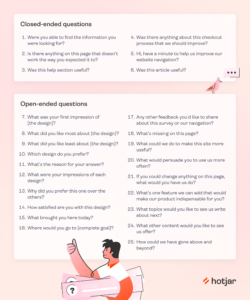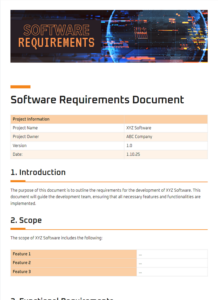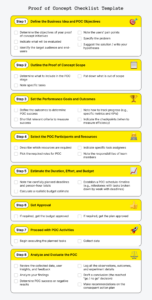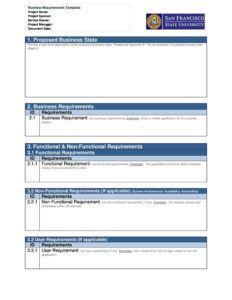Writing effective user stories is crucial for capturing the functional requirements of a software product from a user’s perspective. A well-structured requirements user stories template can streamline this process, ensuring that user stories are clear, concise, and actionable.
Before delving into the template, it’s essential to understand the concept of user stories. User stories are short, informal descriptions of a software feature from the perspective of the end-user. They are typically written in the following format: “As a [user type], I want to [action] so that I can [benefit].”
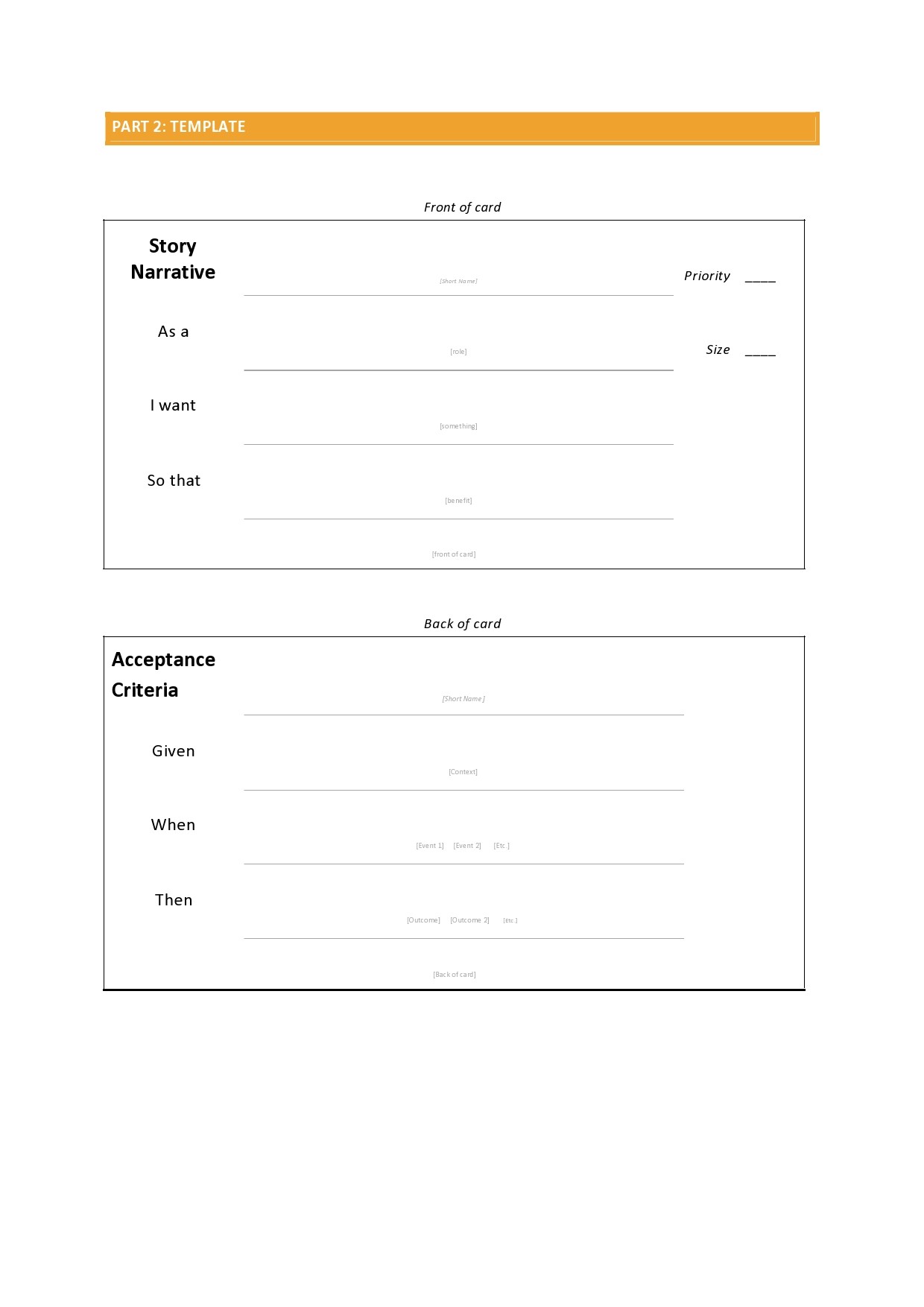
Crafting an Effective Requirements User Stories Template
A comprehensive requirements user stories template should include the following key elements:
**User Type:** This field specifies the type of user who will benefit from the feature being described in the user story. By clearly identifying the target user, the development team can better understand their needs and tailor the story accordingly.
**Action:** This field describes the specific action that the user wants to perform using the software. It should be clear and specific, avoiding vague or ambiguous language.
**Benefit:** This field captures the reason why the user wants to perform the action. It highlights the value that the feature will provide to the end-user, which is essential for prioritizing user stories during development.
**Acceptance Criteria:** This field outlines the conditions that must be met for the user story to be considered complete. Acceptance criteria are specific, measurable, achievable, relevant, and time-bound (SMART), ensuring that the feature meets the user’s expectations.
Advantages of Using a Requirements User Stories Template
**Improved Communication:** A standardized template facilitates clear and consistent communication between stakeholders, reducing misunderstandings and ensuring that everyone is on the same page.
**Enhanced Traceability:** User stories linked to the template can be easily tracked and monitored throughout the development process, allowing teams to trace requirements back to individual features.
**Agile Development Support:** User stories are a cornerstone of agile development methodologies, and a well-defined template can streamline the process of creating and managing user stories in an agile environment.
**Increased User Engagement:** Involving users in the requirements gathering process by using a user stories template ensures that their needs and perspectives are accurately captured, leading to higher user satisfaction.
**Reduced Development Time:** A clear requirements user stories template enables developers to quickly understand and implement the required features, reducing development time and improving efficiency.
Conclusion
Using a well-designed requirements user stories template is an invaluable asset for software development projects. By providing a structured approach to capturing and managing user stories, it facilitates effective communication, enhances traceability, supports agile development, engages users, and ultimately reduces development time.
By leveraging a requirements user stories template, teams can ensure that the software product aligns with the needs and expectations of its end-users, setting the stage for successful software development projects.
